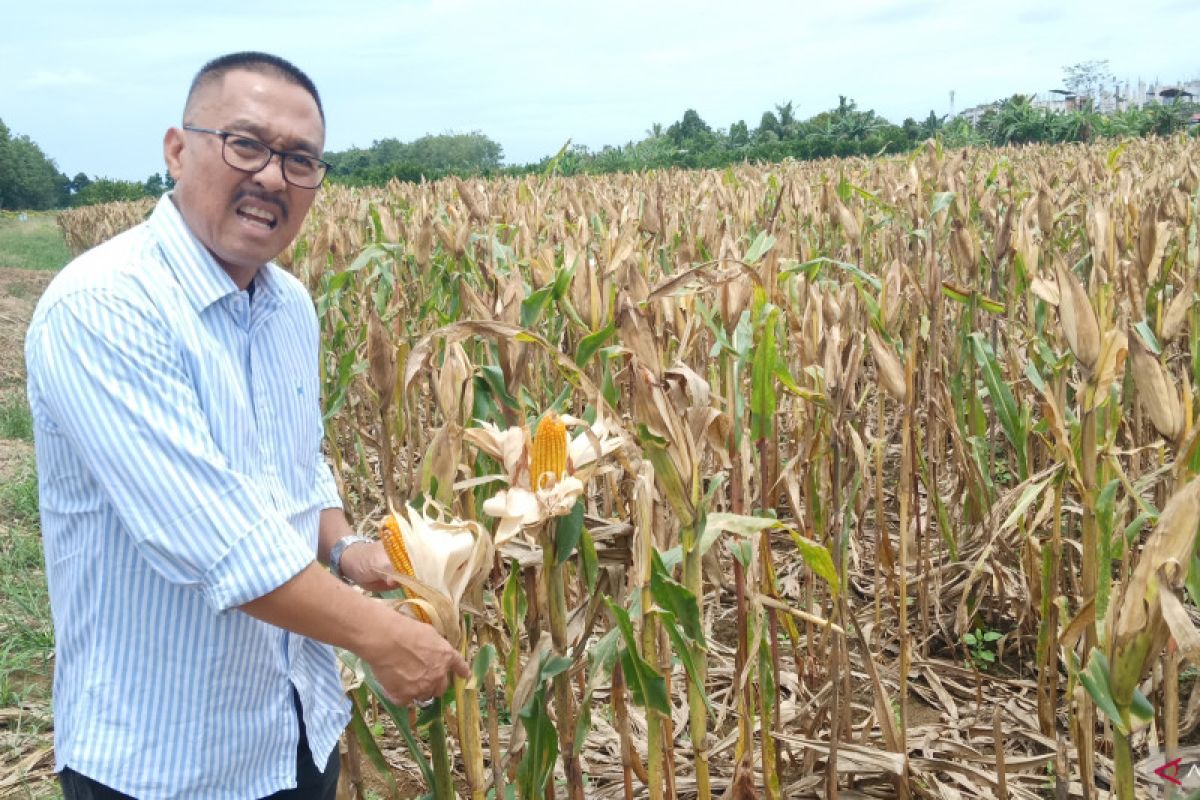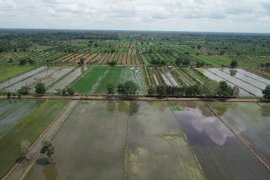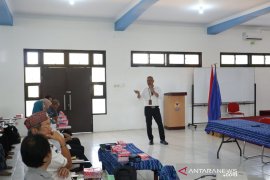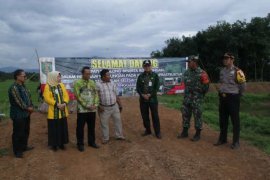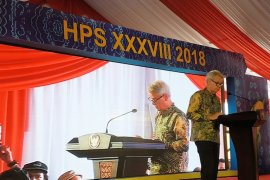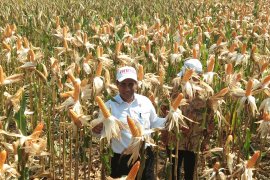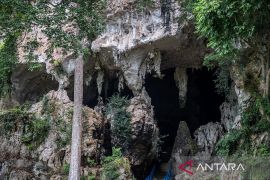Banjarbaru, S Kalimantan (ANTARA) - The Agriculture Ministry is optimalizing swampland to cope with a long dry season and in order to maintain national paddy production target in 2019 which is 84 million tons or equivalent to 49 million ton rice.
"Indeed swampland is expected to be a national food buffer. Thus, when other region, such as Java, experiences drought, South Kalimantan which has swampland can continue to harvest," said Head of the Swampland Agriculture Research Institute (Balittra) of the Agriculture Ministry's Agency for Agricultural Research and Development
"Swampland is indeed expected to be a national food buffer. Thus when other regions such as Java Island drought, South Kalimantan which has swamps can actually continue to harvest," Hendri Sosiawan in Banjarbaru, Sunday.
In South Kalimantan 250,000 hectare swampland have been packed into Serasi (Save Our Swamp Prosper Farmer) program from the ministry.
"The land we work through the whole year with full agricultural mechanization, while we keep assisting to maintain production by using a new improved adaptive varieties (VUB)
of paddy for swampland combined with appropriate cultivation technology," said the UGM soil science bachelor.
Planting, he said, is done the whole year and water management is they key to the success of developing swampland for agriculture cultivation. Improving infrastructure is important to keep water access to the land even though in dry season.
Read also: Balittra works with ULM to develop swampland
The success of rice cultivation in Indonesia, especially in swamp areas, Hendri pointed out, was appreciated by research organization in Southeast Asia, such as the Malaysian Agricultural Research and Development Institute (MARDI), Agriculture Research Center (ARC) of Laos, National Agriculture and Forestry Research Institute (NAFRI), serta Philippine Rice Research Institute (PhilRice).
"During the international workshop on joint development and transfer of rice technology involved four countries, Indonesia, Malaysia, Laos and the Philippines, in Banjarbaru, South Kalimantan, recently many asked about one-way water system how it was implemented and about the difference of Indonesia's local rice with VUB rice in terms of amylose content, size, and farmers' preferences, " Hendri told.
Read also: ULM uses its own electric car on campus
Read also: FAO supports swampland optimization
The Masters of Hydrology and the Environment graduated from Ecole Nationale Superieure Agronomique (ENSA) Montpellier, France, explained that the innovation of developing swampland into fertile and productive agriculture could be realized by managing swamps.
Read also: Minister of Agriculture: Swamps will realize Indonesia as world food barns 2045
It covers, he continued, water management technology to regulate water discharge to keep it flooded, land preparation, amelioration and fertilization technology to improve soil quality, right planting, and control of pest (OPT) .
"With this management of swamps, we encourage farmers to be able to plant superior varieties of rice two to three times a year," he said.


